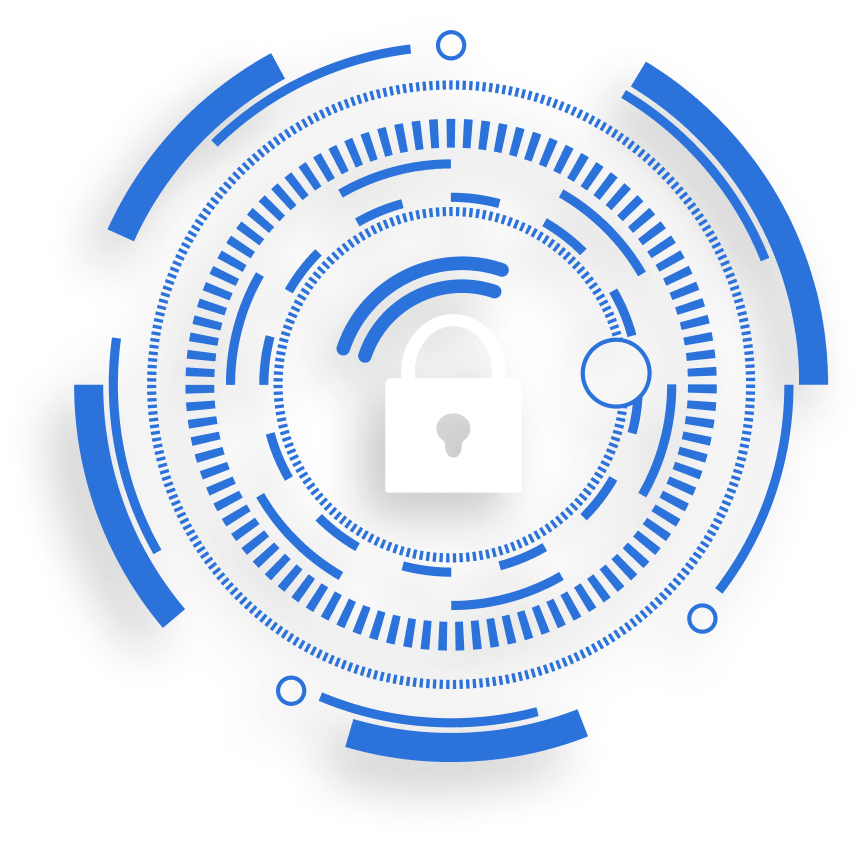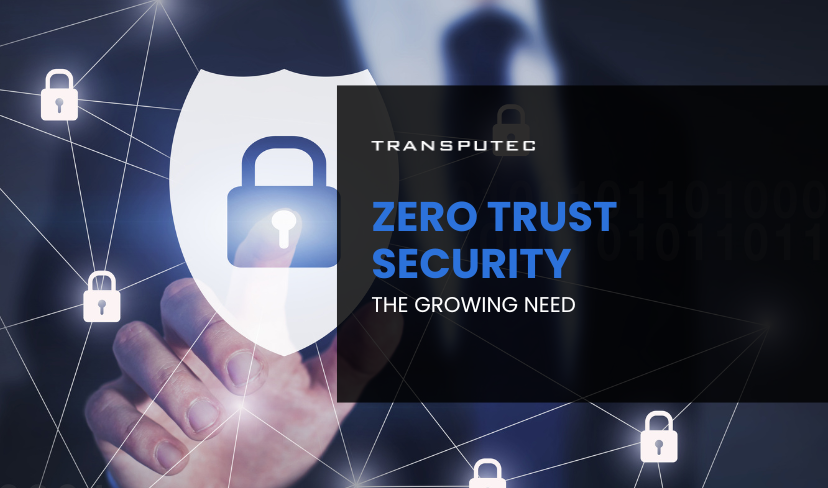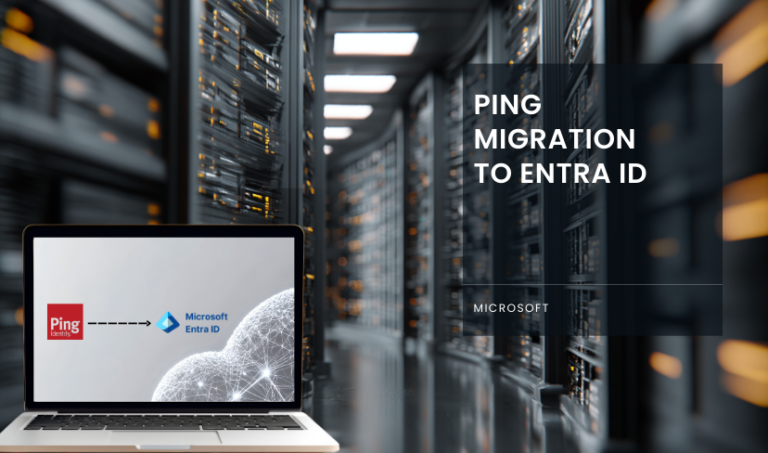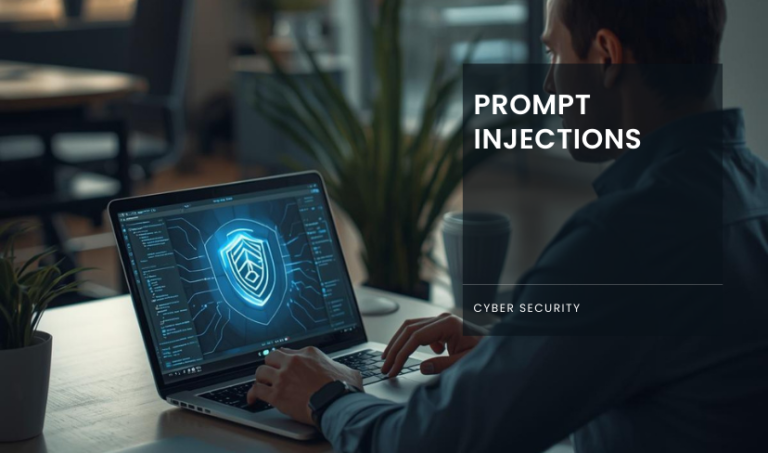Written by KRITIKA SINHA | MARKETING
Imagine a world where one weak password or a single compromised device could dismantle an entire organisation’s security—unfortunately, that’s today’s reality. Business owners and employees alike face a constant struggle to protect sensitive data from increasingly sophisticated cyber threats. Traditional security models are no longer enough, and the repercussions of a breach can be devastating. Enter Zero Trust security, an approach now reshaping how organisations protect their networks, data, and assets by requiring continuous verification for all users, devices, and applications.
Zero Trust security is more than just a trend; it’s a transformation that many forward-thinking companies, like Transputec, are implementing to safeguard their digital environments effectively. This article will delve into why companies are adopting Zero Trust security, its benefits, and how you can implement this strategy to fortify your organisation.
What is Zero Trust Security?
Zero Trust security is based on the principle of “never trust, always verify.” Instead of assuming that users inside the network can be trusted, Zero Trust requires all users—whether inside or outside the network perimeter—to continually authenticate their identities, devices, and permissions. Zero Trust security architectures often include multi-factor authentication, micro-segmentation, and real-time monitoring to detect any suspicious activity quickly.
Why Are Companies Adopting Zero Trust Security?
1. Combating the Rise in Cyber Threats
In 2023 alone, global cybercrime damages are projected to reach $8 trillion. Data breaches are happening with alarming frequency, with major incidents leading to financial loss and reputational damage. Companies realise that Zero Trust security can address these evolving threats by continuously validating every access request, reducing vulnerabilities, and minimising the attack surface.
Zero Trust security’s layered approach to access control and its focus on verification help organisations better detect and block unauthorised access, providing a significant advantage against increasingly advanced threat actors.
2. Ensuring Compliance with Data Protection Regulations
With GDPR, HIPAA, and other data protection regulations becoming stricter, compliance is a priority for every organisation. Zero Trust security offers a framework that makes regulatory compliance more achievable. By continuously validating users and segmenting sensitive data, organisations can ensure that access to critical information is restricted only to authorised personnel.
For instance, companies that implement Zero Trust security can more effectively control and audit user access, which is essential for compliance. They can also minimise the risks of non-compliance fines and the associated reputational damage.
3. Securing Remote Work Environments
Remote work has become the new normal, increasing the complexity of cybersecurity requirements. With employees accessing corporate resources from various locations and devices, Zero Trust security provides a secure foundation by enforcing strict access policies and real-time monitoring.
According to a recent survey, 80% of organisations reported that remote work increased their exposure to cyber threats. Zero Trust security addresses this risk by verifying user identities and authorisations consistently, whether they are working from home, a coffee shop, or a corporate office.
4. Reducing the Attack Surface
One of the main benefits of Zero Trust security is its ability to minimise the attack surface by implementing micro-segmentation and least-privilege access. Traditional security models often allow attackers to move laterally once they gain access to the network. Zero Trust limits this movement, reducing the chances of widespread damage from a single compromised endpoint.
Micro-segmentation, a key component of Zero Trust security, divides a network into isolated segments, limiting an attacker’s ability to access multiple resources within the network. This reduction in attack surface is essential for organisations facing sophisticated cyber threats.
5. Enhancing User Experience Through Adaptive Authentication
Adaptive authentication within Zero Trust security frameworks evaluates access attempts based on various factors, such as location, device, and time of access. This approach allows organisations to provide a seamless yet secure experience by requiring additional verification only when necessary.
With Transputec’s Zero Trust security solutions, adaptive authentication becomes a powerful tool that not only improves security but also optimises user experience. This streamlined approach can significantly enhance productivity and user satisfaction without compromising security.
Implementing Zero Trust Security: Key Steps
Step 1: Conduct a Risk Assessment
Begin by identifying sensitive data, critical systems, and high-risk users. A comprehensive risk assessment will help you prioritise Zero Trust security measures where they are most needed.
Step 2: Define and Enforce Policies
Establish strict access policies based on the principle of least privilege, ensuring that users have the minimum level of access required for their roles.
Step 3: Implement Multi-Factor Authentication (MFA)
Multi-factor authentication (MFA) is foundational to Zero Trust security. It requires users to provide multiple forms of identification, making unauthorised access significantly harder.
Step 4: Use Micro-Segmentation
Micro-segmentation helps isolate resources and data, making it difficult for attackers to move laterally within your network. This approach minimises risk and enhances data security.
Step 5: Monitor and Automate with AI and Machine Learning
To detect and respond to anomalies in real-time, consider integrating AI and machine learning. These technologies can help automate threat detection and improve overall network security.
Protect your Business 24/7 with Transputec!
Our Managed SOC Cost Calculator estimates potential expenses for security tools and other costs based on your requirements.
Benefits of Zero Trust Security for Your Business
Implementing Zero Trust security offers a transformative set of benefits that go beyond simple threat reduction, enhancing overall business resilience, data protection, and operational efficiency. Here’s how Zero Trust security can empower your organisation:
1. Enhanced Data Protection
With a zero-trust approach, sensitive data is better protected through continuous verification of users, devices, and applications. By granting only minimal access rights based on specific roles, Zero Trust significantly reduces the chances of unauthorised access to critical data. This control not only safeguards proprietary information but also helps prevent insider threats by limiting data access to trusted, verified individuals.
2. Improved Compliance with Regulations
Many industries face strict data protection requirements under regulations such as GDPR, HIPAA, and CCPA. Zero Trust’s core components—such as user access controls, audit trails, and regular verification—make it easier for organisations to adhere to these standards. By limiting access and regularly monitoring usage, Zero Trust helps ensure that only authorised personnel access sensitive data, reducing the risk of compliance violations and potential fines.
3. Reduced Attack Surface
Zero Trust security emphasises micro-segmentation, which involves dividing the network into isolated segments. Each segment enforces unique access controls, making it harder for attackers to move laterally within a network if they gain access to one segment. By narrowing the attack surface in this way, Zero Trust minimises the potential damage of a breach and enhances the overall security posture.
4. Adaptable Security for Remote and Hybrid Workforces
As remote and hybrid work becomes the norm, businesses face new challenges in securing endpoints across various locations. Zero Trust’s continuous authentication and authorisation provide a flexible yet secure framework for remote access. This approach verifies every access attempt, regardless of location or device, ensuring that employees can securely connect to company resources from anywhere without compromising security.
5. Real-Time Threat Detection and Response
Zero Trust security often integrates with advanced technologies like artificial intelligence (AI) and machine learning to identify and respond to suspicious behaviour in real time. By continuously monitoring and analysing access patterns, Zero Trust enables organisations to detect potential threats more quickly and to take swift action to contain them. This proactive approach minimises the risk of prolonged breaches and reduces recovery time and costs.
Partnering with Transputec for Zero Trust Security
At Transputec, we understand the critical importance of Zero Trust security in safeguarding your organisation’s digital assets. Our team of security experts can guide you through the entire process of implementing a robust Zero Trust framework tailored to your specific needs.
Call us today to speak with one of our security specialists and take the first step towards a more secure, resilient, and adaptable future.

Secure Your Business!
Ready to explore how we can enhance your security posture? Contact us today to speak with one of our experts.
FAQs
What is Zero Trust security, and how does it differ from traditional models?
Zero Trust security requires continuous verification of every user, device, and application, unlike traditional models that assume internal networks are safe. This proactive model is designed to prevent unauthorised access from both internal and external sources.
How does Zero Trust security benefit remote workforces?
Zero Trust security ensures that remote employees accessing corporate resources are verified continuously. This approach minimises the risk of unauthorised access, especially in remote or hybrid work environments.
Can Zero Trust security be implemented on a budget?
Yes, Zero Trust security can be scalable to meet different budgets. Many organisations start with foundational elements like multi-factor authentication (MFA) and gradually implement more advanced measures as resources allow.
How does Zero Trust security enhance compliance?
Zero Trust security supports compliance by enforcing strict access controls, continuously auditing permissions, and creating a clear data access trail, which is essential for adhering to regulations such as GDPR and HIPAA.
What is micro-segmentation in Zero Trust security?
Micro-segmentation is the practice of dividing a network into smaller, isolated segments. This approach limits the potential impact of a breach by preventing attackers from moving laterally within the network.




